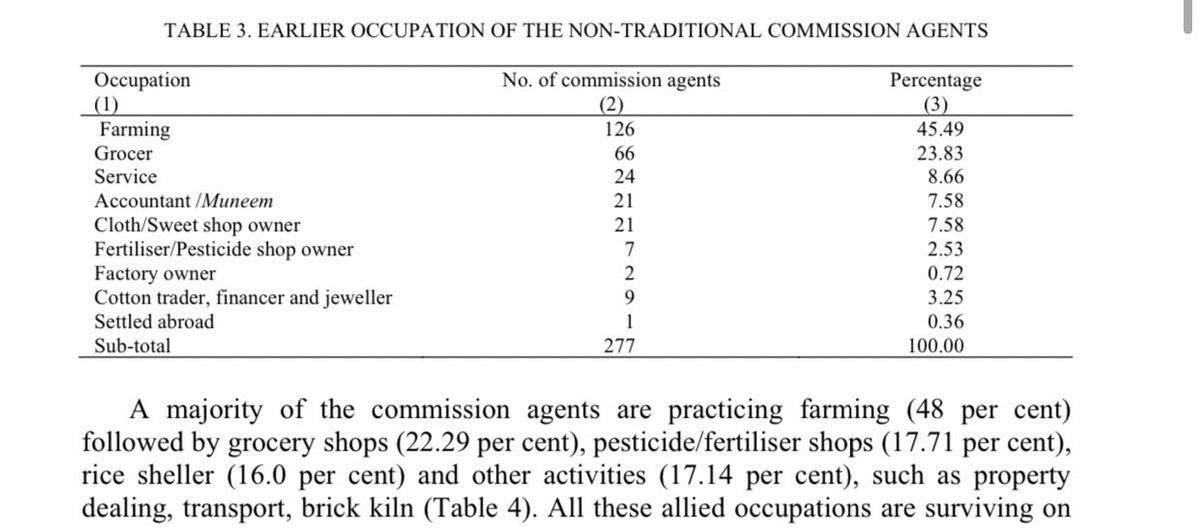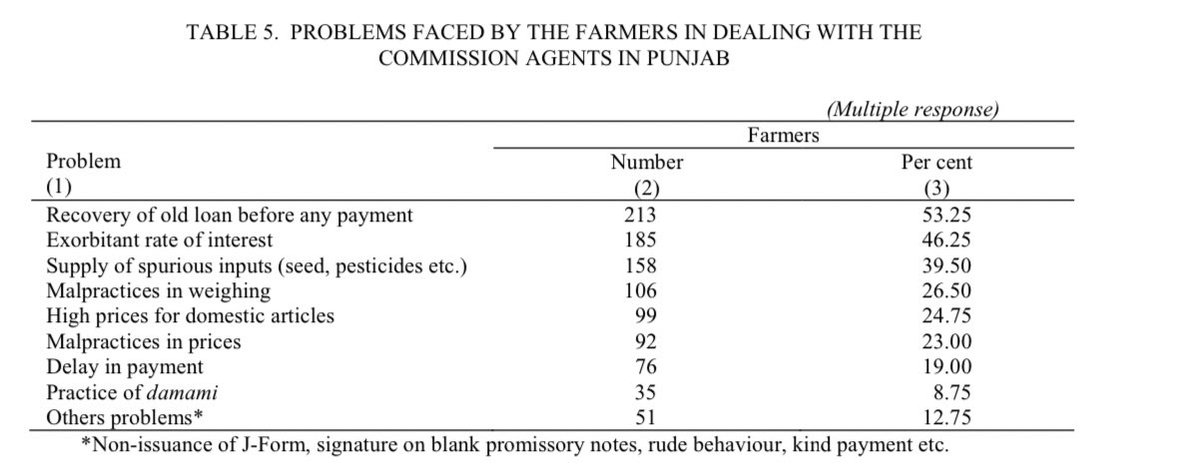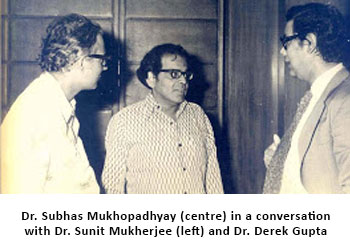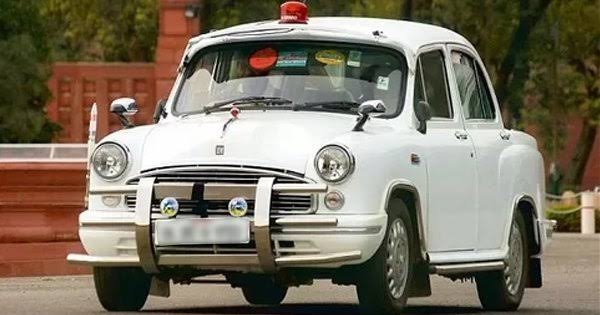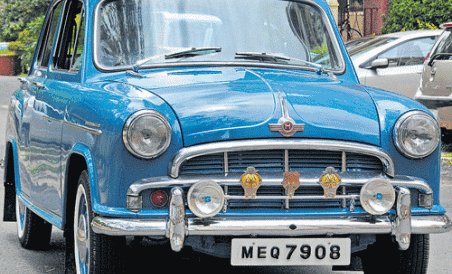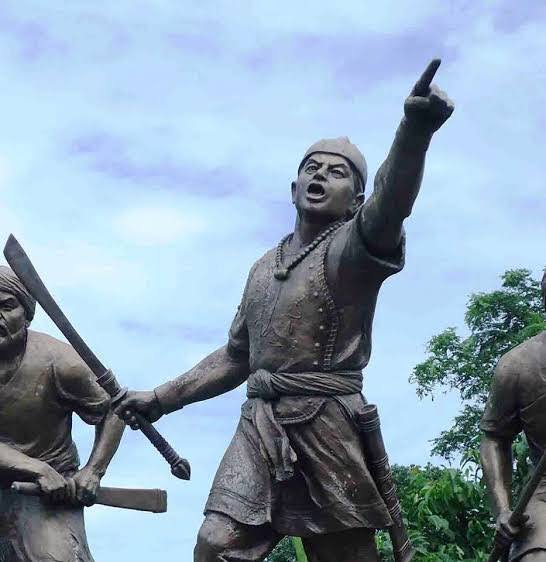As many as 86% of farmer & 80% of agricultural labours are mired in debt, says a study on Indebtedness among Farmers & Agricultural Labourers in Rural Punjab.
The Arhtiyas (Middlemen) of Punjab
The Arhtiyas of Punjab are political connected.
In July 2017, in a public function the Arhyiyas felicitated Amarinder Singh with the title of ‘Fakhr-e-Quam’(Pride of the Community).
As many as 86% of farmer & 80% of agricultural labours are mired in debt, says a study on Indebtedness among Farmers & Agricultural Labourers in Rural Punjab.
No less than 8,294 farmers took their own lives between 2000 & 2015, says a study presented last year before the Vidhan Sabha’s Committee.
The study, commissioned by the state government’s revenue department, found that 83 per cent of all these suicides were largely debt-driven.
Their average other income excluding commissions & MSP cuts per year is 12 Lakh/ Annum. They receive 1370 Cr in interest every year

Punjab had 20,000 Arhtiyas as per a report in 2012 & the extent of farm indebtedness has doubled in the past 10 years
The indebted farmers are not in a position to repay the whole amount of debt in a single season;


The reasons is to divide their expenses and income to reduce the income & the sale tax, & to remain in business as usual even if one is cancelled as punishment for malpractices.
More from Krishna Kumar Murugan
Save Kattupalli?? From whom?
Yet another Flip Flop of DMK
Most print media including the Wire & News Minute had taken up the expansion of Adani’s Katupalli port.
The National Herald had also reported this with a political flavour. But vital details missing in all these.
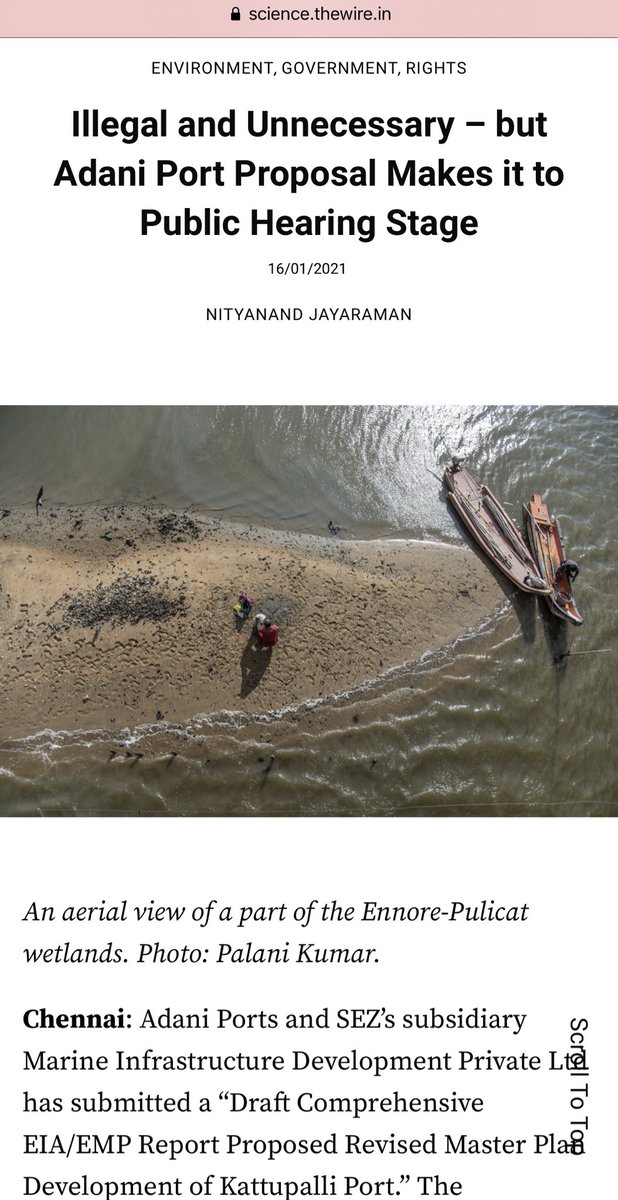
The Kattupalli port received approval & began construction during the DMK Regime. Surprised to see questions posted by them now on the need of this port when chennai already has 2 ports. EIA submitted in 2008 by L&T and the port became operational in 2013 https://t.co/YQVsmdBE19

The EIA submitted in 2008 had clear mention of no fishing activity near the coastal areas.
The future expansion plan also was part of the initial proposal that was submitted.
Also find the proposed development plan. Now compare it with the initial proposal. No change at all.
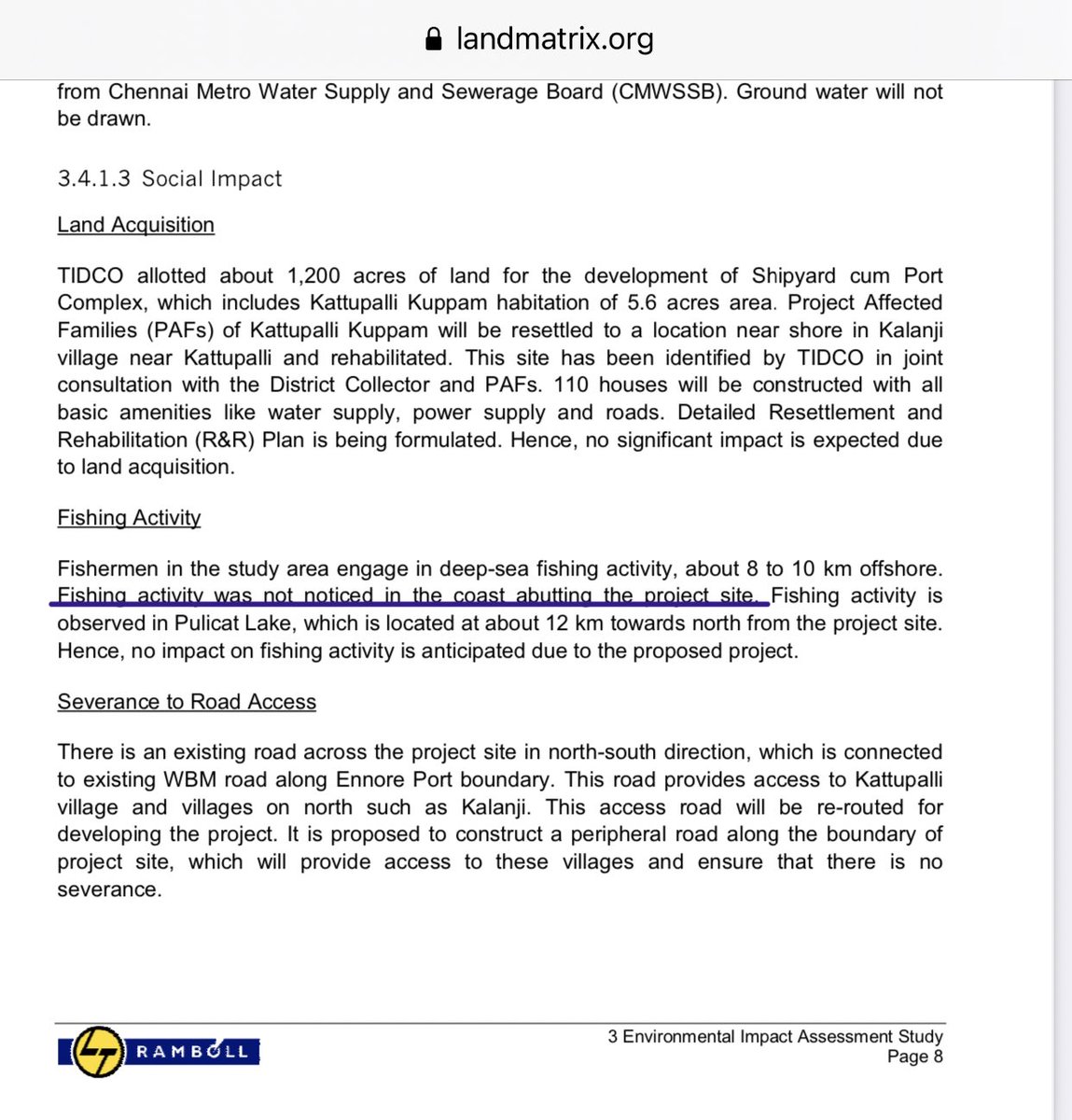
See the biased reporting of The Wire.
As per the application for environmental clearance submitted by MIDPL in 2018, 1087 acres of sea area will be reclaimed by using the dredged sand but Wire reports it as 2000 acres.
https://t.co/ie7KR3J1tK

Total proposed area of expansion is 5238 Acres as per the report, Wire calls in 6111 acre master plan. Not sure where they got these information.
And the most important point to note in all these is MIDPL expansion proposal submitted by L&T, even before Adani acquired it.
Yet another Flip Flop of DMK
Most print media including the Wire & News Minute had taken up the expansion of Adani’s Katupalli port.
The National Herald had also reported this with a political flavour. But vital details missing in all these.

The Kattupalli port received approval & began construction during the DMK Regime. Surprised to see questions posted by them now on the need of this port when chennai already has 2 ports. EIA submitted in 2008 by L&T and the port became operational in 2013 https://t.co/YQVsmdBE19

The EIA submitted in 2008 had clear mention of no fishing activity near the coastal areas.
The future expansion plan also was part of the initial proposal that was submitted.
Also find the proposed development plan. Now compare it with the initial proposal. No change at all.

See the biased reporting of The Wire.
As per the application for environmental clearance submitted by MIDPL in 2018, 1087 acres of sea area will be reclaimed by using the dredged sand but Wire reports it as 2000 acres.
https://t.co/ie7KR3J1tK

Total proposed area of expansion is 5238 Acres as per the report, Wire calls in 6111 acre master plan. Not sure where they got these information.
And the most important point to note in all these is MIDPL expansion proposal submitted by L&T, even before Adani acquired it.
Dharmapuri MP Dr. Senthil Kumar in the Floor of Parliament said that the Public Distribution System in TN was introduced by Annadurai. PDS in Tamil Nadu was introduced in 1964 when Bhaktavachalam was CM. DMK came to power only in 1967
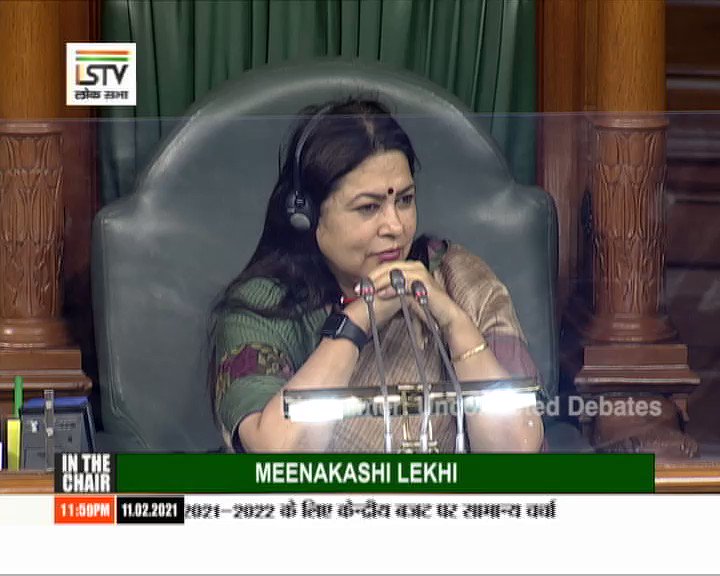
Niti Aayog report says TN has PDS since 1964. As always, DMK continues to take credit for every welfare measure implemented in the past. https://t.co/ht8JtE4EE6

Farm loans were waived off in 2006- Cooperative societies were not paid back in full as per their commitment to pay back. Only 20% paid back.
Electricity for farmers was introduced in 1984 and properly enacted in 2004.

Niti Aayog report says TN has PDS since 1964. As always, DMK continues to take credit for every welfare measure implemented in the past. https://t.co/ht8JtE4EE6

Farm loans were waived off in 2006- Cooperative societies were not paid back in full as per their commitment to pay back. Only 20% paid back.
Electricity for farmers was introduced in 1984 and properly enacted in 2004.

